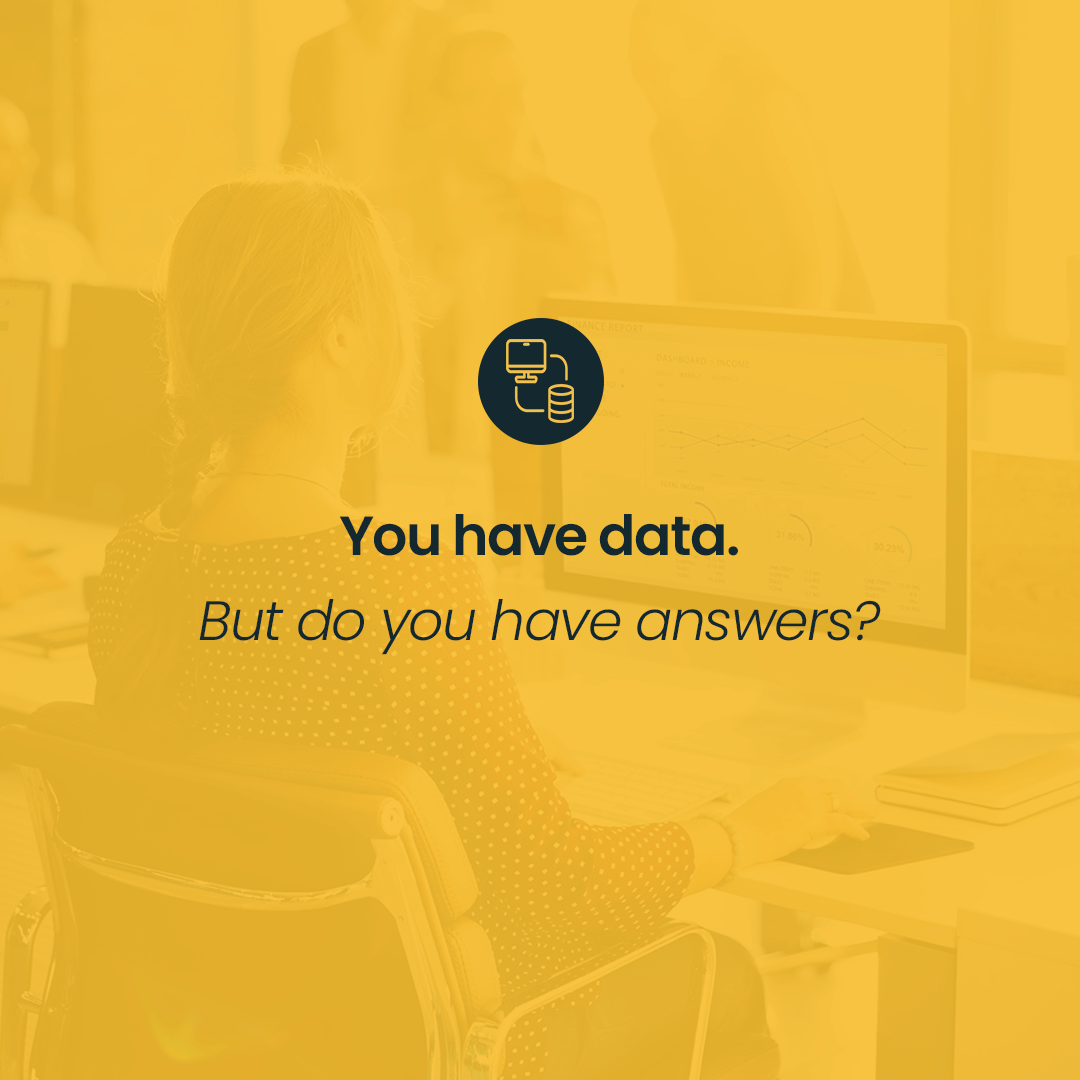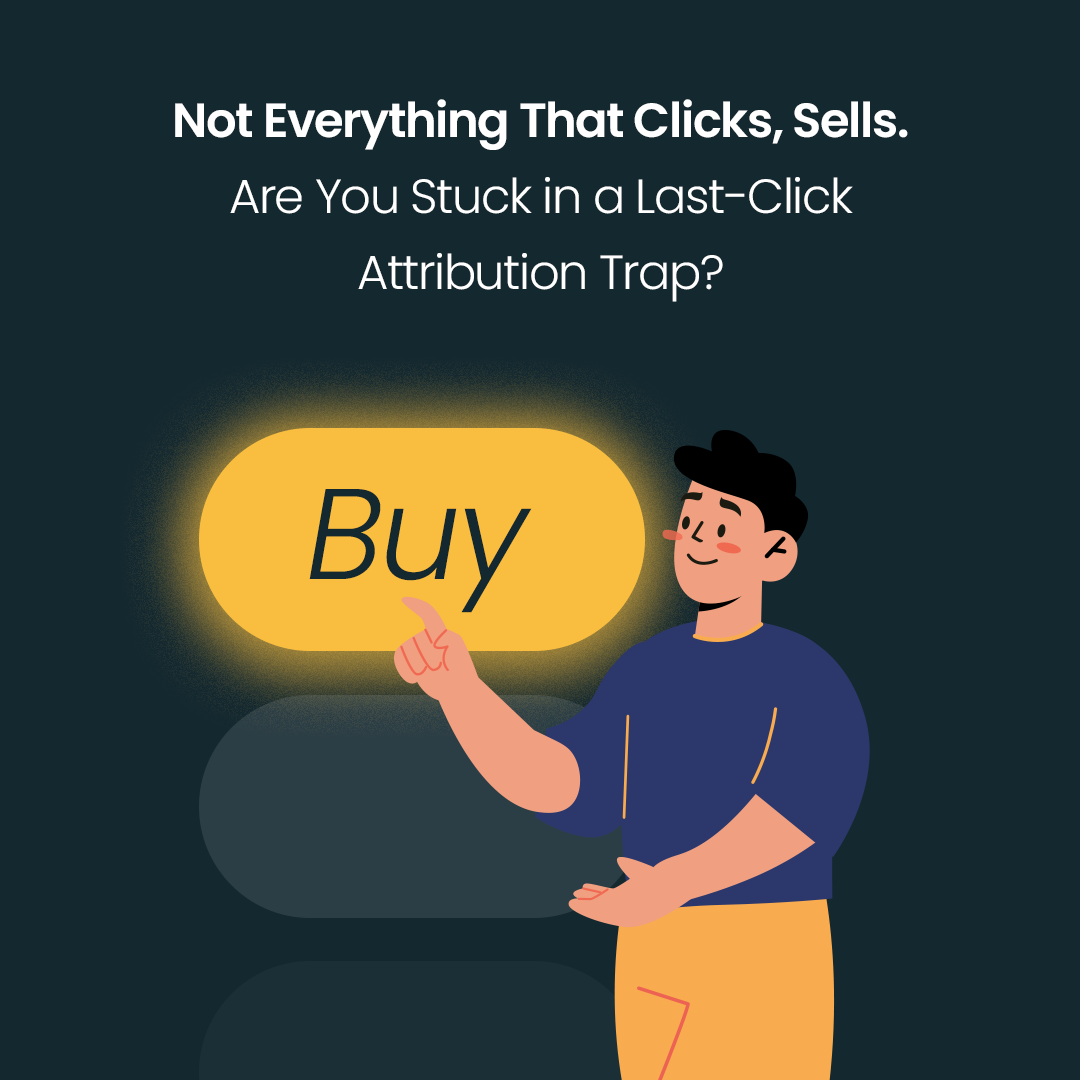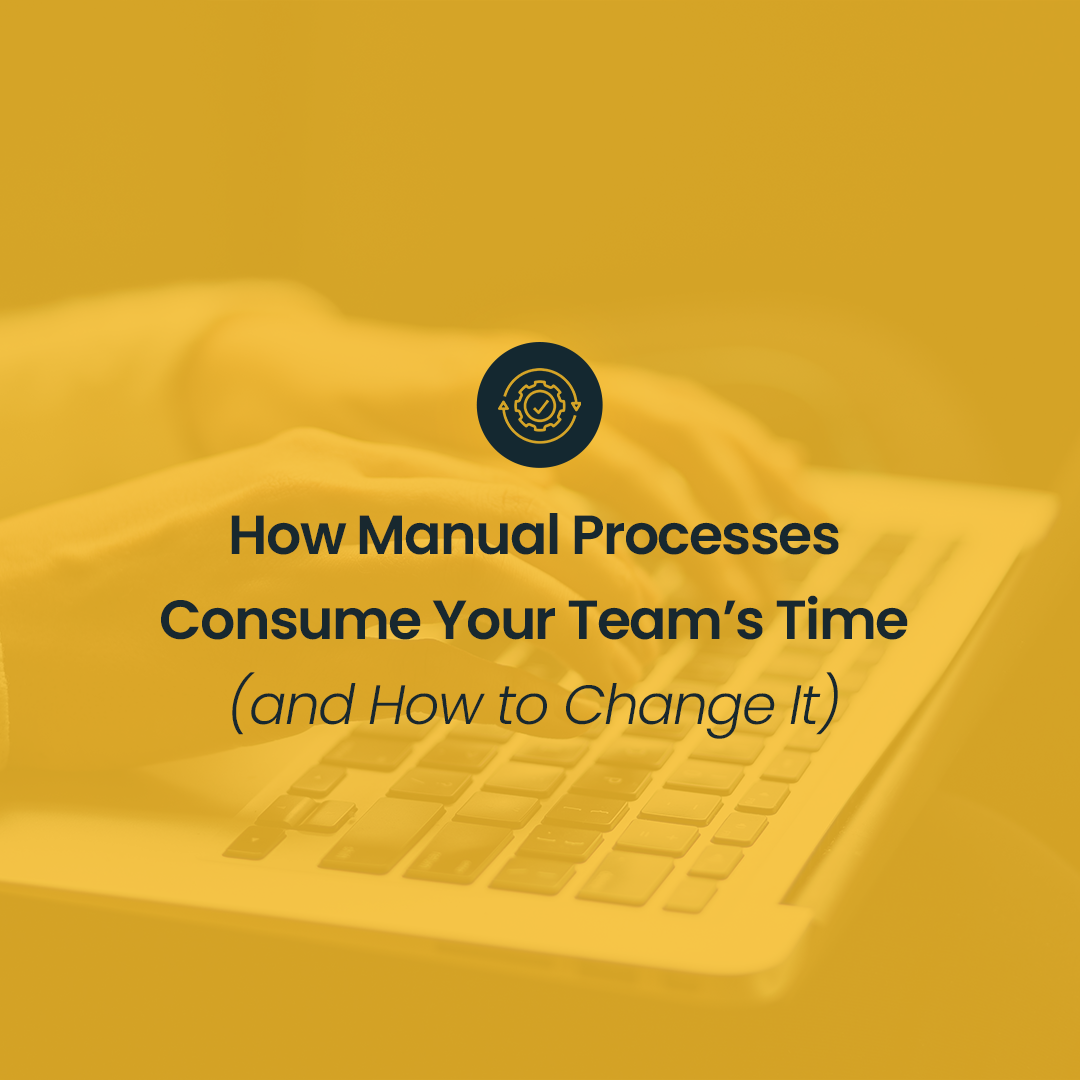Just a few years ago, the primary advantage of a SEM specialist was proficiency in operating advertising panels and manually optimizing bids at the keyword level. Today, that is no longer enough. Modern performance marketing requires not only campaign knowledge but also technological competencies, such as working with APIs, confidently using Google Cloud, applying open-source solutions, integrating multiple data sources, and automating processes. It also calls for future skills, the so-called meta-competences: learning agility, adaptability, analytical thinking, and flexibility in mastering new tools.
Why? Because the world is changing faster than ever before. Research shows that the average relevance of skills (the so-called half-life) has now dropped to around 5 years, and in technological fields even to 2.5 to 3 years. This means that competences we consider key today may soon be outdated. That’s why it’s crucial to invest not only in specific technologies, but in the team’s ability to continuously learn and adapt future competencies.
Scaling SEM across creative, performance, and data areas is no longer possible solely manually or in a static environment. Managing thousands of products, multiple markets, and dynamically changing campaigns requires a technological infrastructure and a team that can learn new tools and adapt them in practice.
Let’s look at a few Google-supported solutions that clearly illustrate this change: Adios, BackgroundR, Product Video Ads, and Copycat.
Adios – Mass Graphic Production
Adios is a tool that generates thousands of unique display graphics based on a Google Sheets file. It’s an enormous convenience in creative production, but at the same time requires:
Understanding how integration with spreadsheets and graphic libraries in the ad panel works.
The ability to implement the tool into the client’s marketing process.
Knowledge of how to optimally use Google Cloud’s computing power when the volume of ads is truly large.
This goes beyond creating a “pretty banner.” It’s a system that converts input data like feed or sheet into thousands of ready-to-launch creatives almost automatically.
BackgroundR – Image Processing at Scale
Removing and generating new backgrounds for thousands of product photos? Manually, for the full assortment of a large e-commerce business would take weeks. BackgroundR can do it automatically, using AI models.
To use it effectively, an SEM specialist should:
Be able to integrate the tool with the product database.
Understand how to process images at scale in Google Cloud.
Know how to embed the process into the campaign workflow (e.g., refreshing graphics in the product feed).
Be able to implement the open-source tool and connect it to the client’s marketing process.
BackgroundR proves that the future of SEM means greater independence for specialists working with visual materials. The result? The ability to test many visual variants (e.g., backgrounds) and run hundreds of experiments without engaging the creative team and without losing brand consistency.
Product Video Ads – Video Spots from a Feed
PVA enables the creation of hundreds of video spot versions based on product data and video templates.
Thanks to this, instead of one “universal” video, a brand can quickly create:
Versions tailored to specific markets.
Videos with current price, product, and CTA.
Personalized materials supporting remarketing at the local level (e.g., offers in a given city).
However, implementing PVA requires:
Skilled work with feeds (transformations, cleaning, updates).
Using the power of Google Cloud to render many files simultaneously.
The ability to automatically integrate with advertising systems.
The ability to use ready-made open-source solutions, e.g., from Google.
A SEM specialist becomes a process architect rather than simply a campaign operator.
Copycat – Generating Ad Copy
Copycat uses language models (LLMs) to create variations of ad headlines and descriptions, such as in Responsive Search Ads (RSA). This allows for quickly testing various copy combinations and increasing the chances of hitting the most effective message.
To fully use Copycat, the required skills such as:
Configuring the tool (e.g., in Google Cloud).
Training models and tailoring prompting to one’s goals.
Automatic content export to campaigns.
This shows that “creativity” and “technology” are no longer opposites. Today, creative copy can be built faster and more effectively, based on data and automation.
SEM Tech – The Specialist of Tomorrow: Technology and Future Skills
All these examples show that the SEM specialists are no longer merely optimizing results at the keyword level. From a campaign manager, they become a full-stack marketer who simultaneously:
Integrates data and processes within the Google ecosystem.
Can automate the client workflow.
Learns new tools.
Thinks strategically
Adapts to changing technology.
In this context, future skills become especially important, not just knowledge of Google Cloud or APIs, but the ability to learn, adapt, experiment, and quickly integrate innovations into daily work. Only such a set of competences allows marketing teams to stay competitive in a world where technology evolves so rapidly.
What does this mean?
For companies, it is a clear signal:
Teams without technological support will be stuck with manual processes and won’t be able to scale activities effectively.
Teams that invest only in technologies, but not in a culture of learning and adaptation, will fall behind.
Teams that build technological competencies and future competencies have a chance to create scalable, innovative, and flexible campaigns.
SEM Tech is not just an interesting innovation or a passing trend. It’s the direction of the entire industry, where creativity and technology must go hand in hand. We now have tools that allow us to scale actions and automate processes like never before, and specialists must adapt to this reality by understanding data, the cloud, and artificial intelligence. Only then will it be possible to create campaigns that are truly competitive and effective in the new, technologically advanced reality of digital marketing.
A key challenge is also maintaining balance and awareness that technology is not a goal in itself. SEM Tech does not mean abandoning authenticity in favor of artificially generated images or texts. On the contrary, it is a way to offload teams from repetitive tasks and let them focus on what truly creates value: strategy, testing, analysis, and genuine creation. We do not then create more “content for algorithms,” but respond more effectively to real user needs.
SEM Tech is not Hype, it’s the New Standard
Automation, AI, and Cloud don’t replace the specialist but enhance them. It’s the skills of the team that determine whether the company will use these tools to their full potential or only superficially.
If you want to find out how to use these capabilities in your team, let’s talk.






